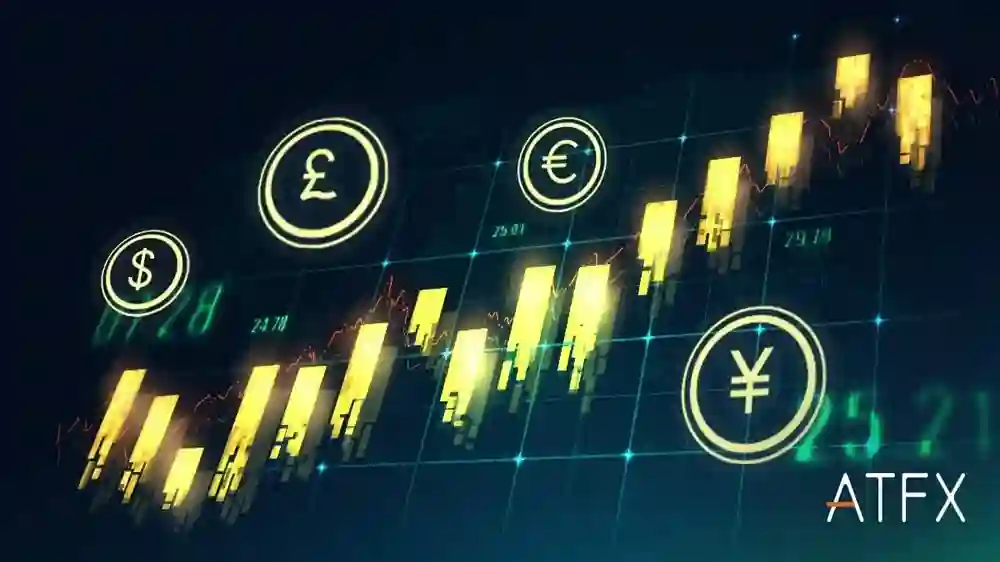
Understanding the Impact of Market Microstructure on Forex Robot Performance
In the fast-paced world of Forex trading, where decisions are made in microseconds and market dynamics are constantly shifting, understanding the intricacies of market microstructure is paramount. Market microstructure refers to the detailed mechanisms and processes that govern the trading environment, including order flow, liquidity provision, and price formation. In this article, we delve into the impact of market microstructure on Forex robot performance, exploring how factors such as market liquidity, order execution, and market fragmentation influence the effectiveness of automated trading strategies.
Market Microstructure: An Overview
Market microstructure serves as the foundation upon which Forex markets operate, encompassing the interactions between market participants, trading venues, and order execution mechanisms. Key components of market microstructure include:
- Order Flow: The flow of buy and sell orders in the market, which reflects the intentions and actions of market participants.
- Market Liquidity: The ease with which assets can be bought or sold without significantly affecting their prices. Liquidity is influenced by factors such as trading volume, order book depth, and market depth.
- Order Execution: The process by which orders are matched and executed in the market, including market orders, limit orders, and stop orders.
- Market Fragmentation: The proliferation of trading venues and liquidity pools, which can lead to fragmented order flow and price dispersion across different markets.
Understanding market microstructure is essential for Forex traders, as it provides insights into price dynamics, market efficiency, and trading strategies. For Forex robots, which rely on automated algorithms to execute trades, an understanding of market microstructure is equally critical, as it directly impacts their performance and profitability.
Impact of Market Microstructure on Forex Robot Performance
The effectiveness of Forex robot strategies is heavily influenced by market microstructure dynamics. Several key factors shape the impact of market microstructure on Forex robot performance:
- Market Liquidity: Liquidity plays a central role in determining the feasibility and effectiveness of Forex robot strategies. Highly liquid markets, characterized by ample trading volume and tight bid-ask spreads, offer favorable conditions for automated trading, enabling rapid order execution and minimal price slippage. In illiquid markets, however, Forex robots may struggle to execute trades at desired prices, leading to increased transaction costs and diminished performance.
- Order Execution Speed: In high-frequency trading (HFT) environments, where trades are executed in milliseconds or even microseconds, order execution speed is paramount. Forex robots must be equipped with sophisticated order routing algorithms and low-latency connectivity to capitalize on fleeting market opportunities. Delays in order execution can result in missed trading opportunities, diminished profitability, and increased vulnerability to adverse price movements.
- Market Impact: The execution of large orders can exert significant influence on market prices, causing temporary distortions in supply and demand dynamics. Forex robots must carefully manage the impact of their trades on market prices to minimize slippage and avoid triggering adverse price movements. Adaptive trading strategies that dynamically adjust order sizes and execution tactics in response to changing market conditions can help mitigate the impact of market orders on Forex robot performance.
- Market Fragmentation: The fragmentation of Forex markets across multiple trading venues and liquidity pools introduces challenges for Forex robot seeking to optimize order execution. Fragmented markets can lead to disparities in prices and liquidity across different venues, making it difficult for Forex robots to achieve best execution. Advanced routing algorithms that aggregate liquidity from multiple venues and dynamically adjust order placement strategies based on market conditions can help Forex robots navigate market fragmentation and improve performance.
Strategies for Mitigating Microstructure Effects
To mitigate the impact of market microstructure on Forex robot performance, traders can employ several strategies:
- Optimized Order Routing: Utilize advanced order routing algorithms that dynamically select the most favorable execution venues based on factors such as liquidity, latency, and transaction costs. By optimizing order routing, Forex robots can minimize slippage and improve execution quality.
- Risk Management: Implement robust risk management protocols to mitigate the impact of adverse price movements and market volatility. Set appropriate position limits, utilize stop-loss orders, and monitor market conditions closely to avoid excessive risk exposure.
- Adaptive Trading Strategies: Develop adaptive trading strategies that can adjust their behavior in response to changing market conditions. Incorporate machine learning and artificial intelligence techniques to analyze market data in real-time and adapt trading strategies accordingly.
- Market Monitoring: Continuously monitor market microstructure dynamics, including order flow, liquidity levels, and price movements. Stay informed about macroeconomic events, central bank announcements, and other factors that can influence market sentiment and trading activity.
Conclusion
Market microstructure exerts a profound influence on the performance of Forex robot strategies, shaping order execution dynamics, market liquidity, and trading opportunities. By understanding the intricacies of market microstructure and adopting appropriate trading strategies, Forex traders can enhance the effectiveness and profitability of their automated trading systems. In the fast-paced and competitive world of Forex trading, a deep understanding of market microstructure is indispensable for achieving success and staying ahead of the curve.



